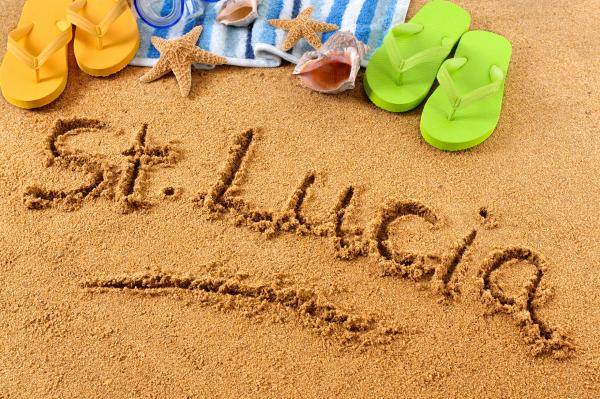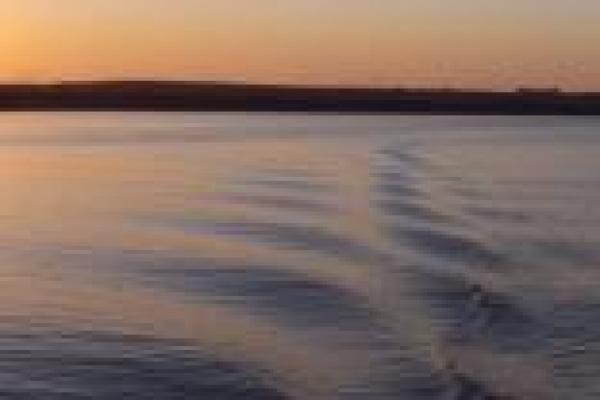St Lucia acts as a base to explore a surrounding countryside like no other in the country.
The wetlands, swamps, mangroves and lagoons making up the town's environment attract many eco-tourists and nature lovers.
Extensive coservation programmes have been undertaken since a game reserve was established on the estaurine system fed by the Mkuze, Nyalazi and Hluhluwe Rivers.
No trip to Kwazulu-Natal's northern coast is complete without a visit to this unforgettable place.
Activities
Cape Vidal
A gorgeous stretch of beach where one can swim, snorkel, fish and sail. There are trails of varied distances through the nearby reserve.
Game Fishing
The coast off St Lucia is world-renowned for game fishing, with record catches of marlin, tunny and barracuda. Mission Rock is a popular haunt for salt water fly-fishing aficionados.
Greater St Lucia Wetland Park
An enormous reserve encompassing the five different ecosystems, that has recently been declared a World heritage Site.
Lake Tours
Across the magnificent St Lucia lake, a paradise for hippos, crocodiles and waterbirds.
St Lucia Craft Market
Provides an array of local crafts, beadwork, woodcarving and basketry.
Turtle-spotting
From November to January, loggerhead and leatherback turtles come ashore at night north of Cape Vidal to lay their eggs in the sand on the beach This is a fascinating seasonal phenomenon, and guided tours will get you up close to this miracle of nature.
Bird-watching
Apart from being famous for water-birds, St Lucia boasts more than 400 species of avian delights. Narina Trogons, Knysna Loeries, longclaws and LBJ'S get twitchers twitching! Bird-safaris in the northern lakeland of St Lucia, and guided excursions along the trails will reveal many unusual species.
St Lucia Dunes
The Dunes lie along the coast, from just south of the town of St Lucia all the way up to Sodwana. It is possible, with the correct beach permit, to drive along the beach from Cape Vidal to Sodwana Bay. And it is a worthwhile trip: on the one hand the warm blue sea where dolphins play, on the other side the towering green-clad dunes. As this is a nature reserve, care must be taken only to drive between the high and low tide marks.
The sand of the dunes is mingled with heavy minerals such as titanium, beryllium and silica. These are often found in drifts within the sand - and some people mistakenly think that the sand is dirty, or polluted with oil. It is, in fact, very valuable!
Zulu Traditional Arts and Crafts
Zulu beadwork is bold and beautiful. Not only is it an adornment and decoration, but also a means of communication and identification.
Other curios worth looking out for are woodcarving and weaving. Animals, small items of furniture, walking sticks and other curios are skilfully carved from indigenous woods. The basket-weavers are justly famous, and there are several craft-markets in the vicinity where craftsmen and women can be observed practising their crafts.
St Lucia Fishing
St Lucia is probably better known for fishing than for any other outdoor activity - which is not surprising, as it offers some of the best fishing conditions in the country. Rock and surf fishing, kite fishing, spear fishing, fly fishing, estuary fishing and deep-sea fishing are some of the activities enjoyed by anglers visiting St Lucia. The most popular fish are shad, perch, grunter, garrick, kabeljou and shark.
Saltwater flyfishing:
This is a sport that is growing in popularity along the Zululand coast. The best places are rocky outcrops, with deep water on the shoreward side of the rocks. Mission Rocks, Cape Vidal and Sodwana Bay are good locations.
The Kosi Lakes system which drains out to the sea at Kosi Mouth offers superb flyfishing at times. Although most flyfishing is done from shore, a good seaworthy boat is essential to move from spot to spot. Charter boats can be arranged.
Fishing Regulations:
It is important to observe the fishing regulations. These can be obtained from the Parks Board. An excellent booklet on coastal fishing, the Kwazulu-Natal Coastal Fishing Guide, is obtainable from the Natal Parks Board and at all its offices. The Natal Parks Board supports a tag and release programme.
Diving at St Lucia Estuary
The small fishing haven and popular holiday resort of St Lucia lies on the shores of Lake St Lucia, fed by the waters of the Mkuze River. The mouth of the estuary has a high salinity level and teems with fish.
The great number of predators that the fish attract include a vast array of birds such as fish eagles, kingfishers, cormorants, pelicans and flamingoes, while sharks and large game fish also get their fair share. The lake is home to many hippos and crocodiles and hundreds of species of birds.
Crayfish are plentiful in the rocks close to shore and temporary permits can be obtained from the Natal Parks Board. Crayfish may be collected at First Rocks and Mission Rocks to the north of St Lucia village
Cape Vidal is a renowned fishing spot which is under the protection of the Natal Parks Board, who offer camping facilities and accommodation in bungalows. There are no real coral reefs in the area and diving is mainly restricted to spearfishing and snorkelling, but the water is almost always clear.
A rocky, crescent-shaped reef forms a protected pool where superb snorkelling can be done in safety at low tide. The reefs are covered with algae and a great variety of small and vividly coloured tropical fish abound in the shallow water, offering divers hours of safe and enjoyable snorkelling.






